Millions of these animals offer irreplaceable assistance to people all over the world. Humans can’t match their level of commitment and technology can’t replace their unbelievably sharp senses.

Only a military dog sprints across a minefield to assist wounded soldiers without hesitation. Well, soldiers aren’t capable of safely crossing a minefield anyway – our latest military equipment isn’t nearly as effective as a dog’s nose. It’s no superpower, but canines’ sense of smell allows them to detect explosives, cancer cells and even fear. So, service canines may not be superheroes, but are heroes nonetheless.
We listed the 15 most challenging dog jobs (at which humans would fail horribly.) They’re ranked according to difficulty, risk level and importance.
Follow along to learn about the most epic service canines in the world.
#15 Seizure Alarm Dogs
According to the CDC, 1 in 26 Americans will develop epilepsy at some point in their lives. There’s no cure and no way to eliminate the risk of sudden seizures. Seizure Alert canines do what doctors can’t – they predict epileptic attacks and warn their owners.
Epilepsy has no scent, yet special training allows canines to sense it closing in. They can detect the smell of fear pheromones released due to the heightened anxiety that precedes epileptic seizures. Dogs can alert sufferers up to an hour in advance.

#14 – Guide Dogs
As of 2014, there were about 8.5 million legally blind people in the U.S. About 2% of them (170,000) were accompanied with a specialized guide dog. Vigorous training and annual testing procedures make them the world’s most educated service canines.

On June 10, 2015, a guide dog named Fido jumped in front of a school bus to save her handler. The most amazing part of this story is that Fido was still in training. She didn’t save a person out of loyalty; she did it because a guide dog’s main objective is to keep the handler safe.

#13 Sled Dogs
For some reason, tens of thousands of people are still living in small, remote Alaskan towns. Apparently, they enjoy staying off the grid and out of reach. But, during a storm, they become trapped in a no-fly zone with zero visibility and zero roads.

On average, 110 Alaskans freeze to death each year. Most get stranded in “no man’s land” because their snowmobile malfunctions during a storm. So, in some parts of the world, the most reliable method of transportation is still a dog sled.

#12 Search & Rescue
Every disaster relief ‘Search And Rescue’ unit in the U.S. relies on canines. When a building collapses, they sniff out survivors amid the debris. Excavation is a lengthy process but victims sustain life-threatening injuries. Without these service dogs, it can take days to find them.

They choose smaller dogs with an impeccable sense of smell for this particular job. From an early age they’re trained to identify human smells. As such, they can determine the number of victims buried under 10 feet of rubble and how many of them are still alive.
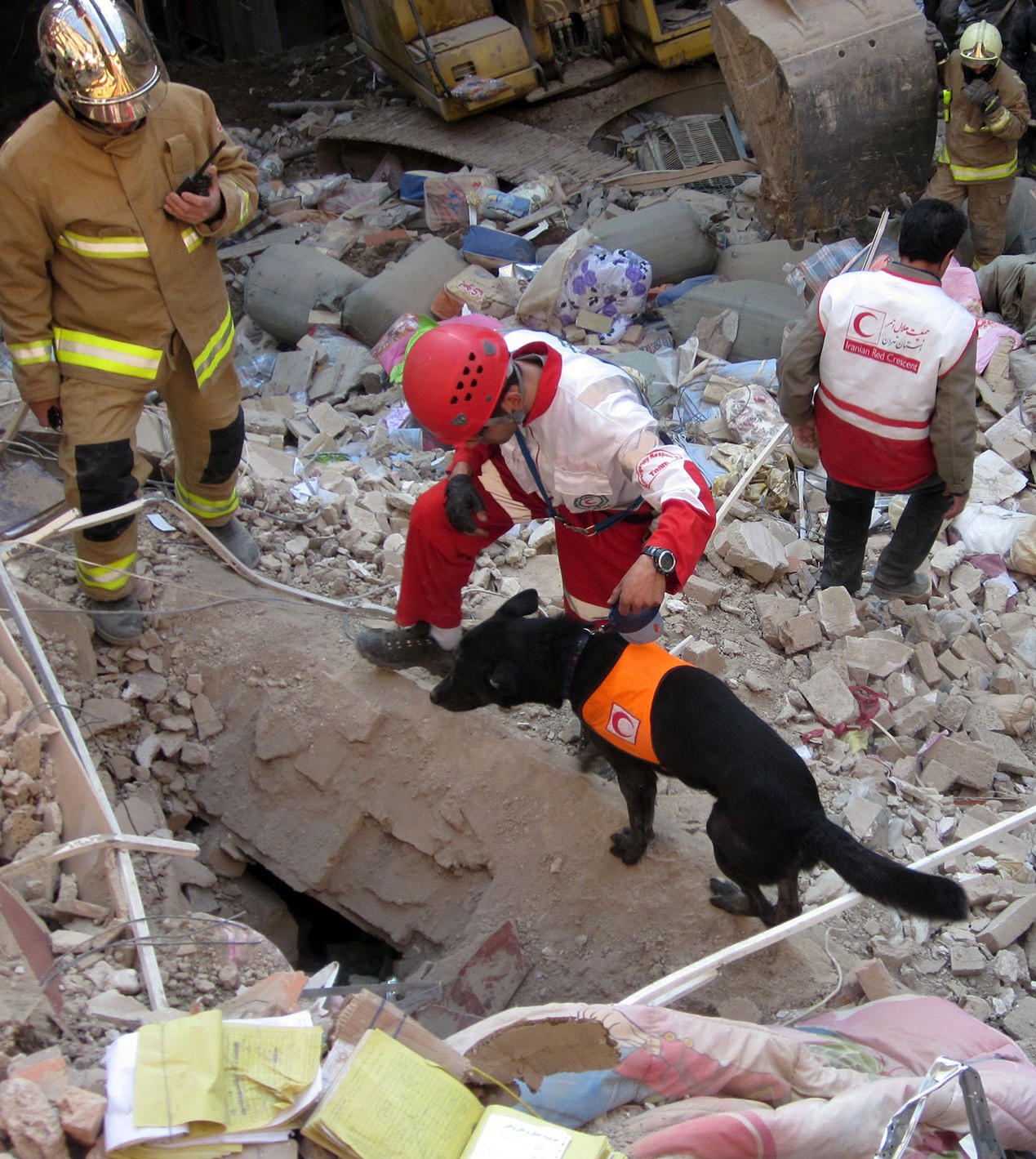
Allergy Alert Dogs (AAD’s) are assigned to people with potentially life-threatening allergies. Not only are some allergens deadly at miniscule amounts, they are fairly common. 95% of AAD’s are trained to respond when shellfish, nuts or gluten concentrates are in the vicinity.
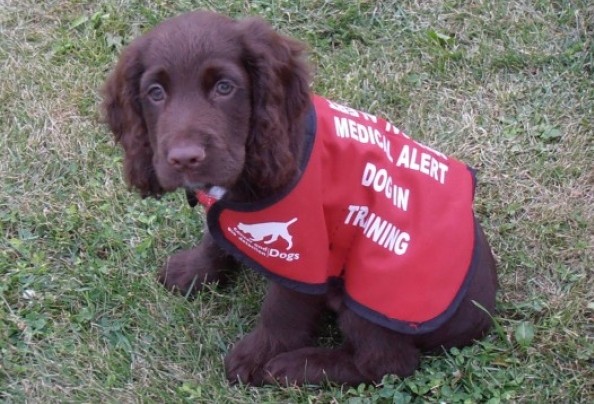
An AAD knows exactly what to do in case of an emergency. They always wear vests that read “IN EVENT OF EMERGENCY CHECK POCKETS,” and are trained to display it to the closest humans they can find. The pockets contain an emergency dose of medication, along with instructions, contact information and medical history.
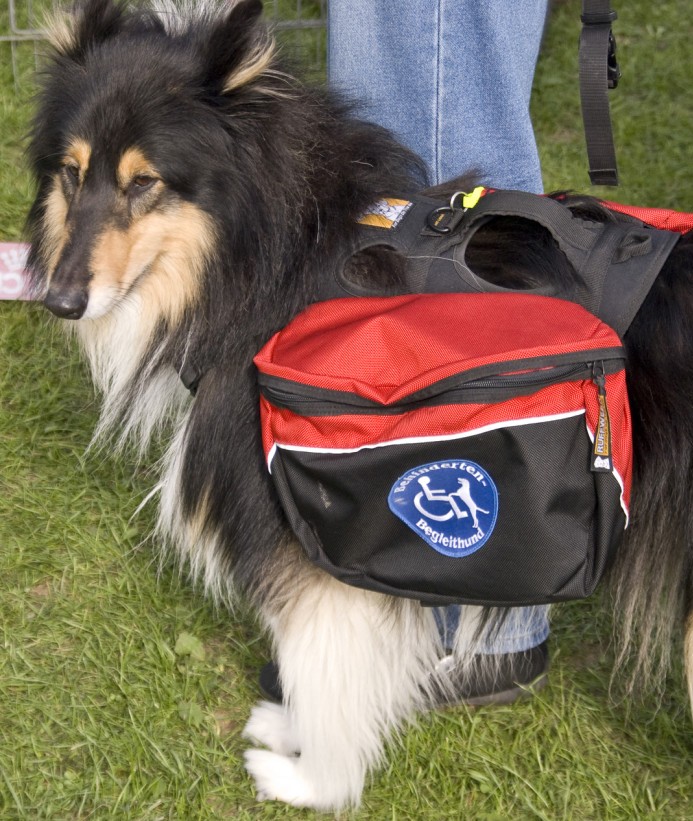
#10 Detection Dogs
The most common service-animal job is narcotics detection. But, most drug-sniffing canines aren’t effective – anyone can buy them from private training facilities. Real detection dogs need constant training from a single handler. These just give civilians peace of mind and intimidate the criminals.

Now, the DEA, FBI and Navy detection dogs are the real deal. Their keen senses can detect the most exotic types of contraband. From endangered animals’ hide and ivory, to fake currency – nothing get by these fluffy detectives.
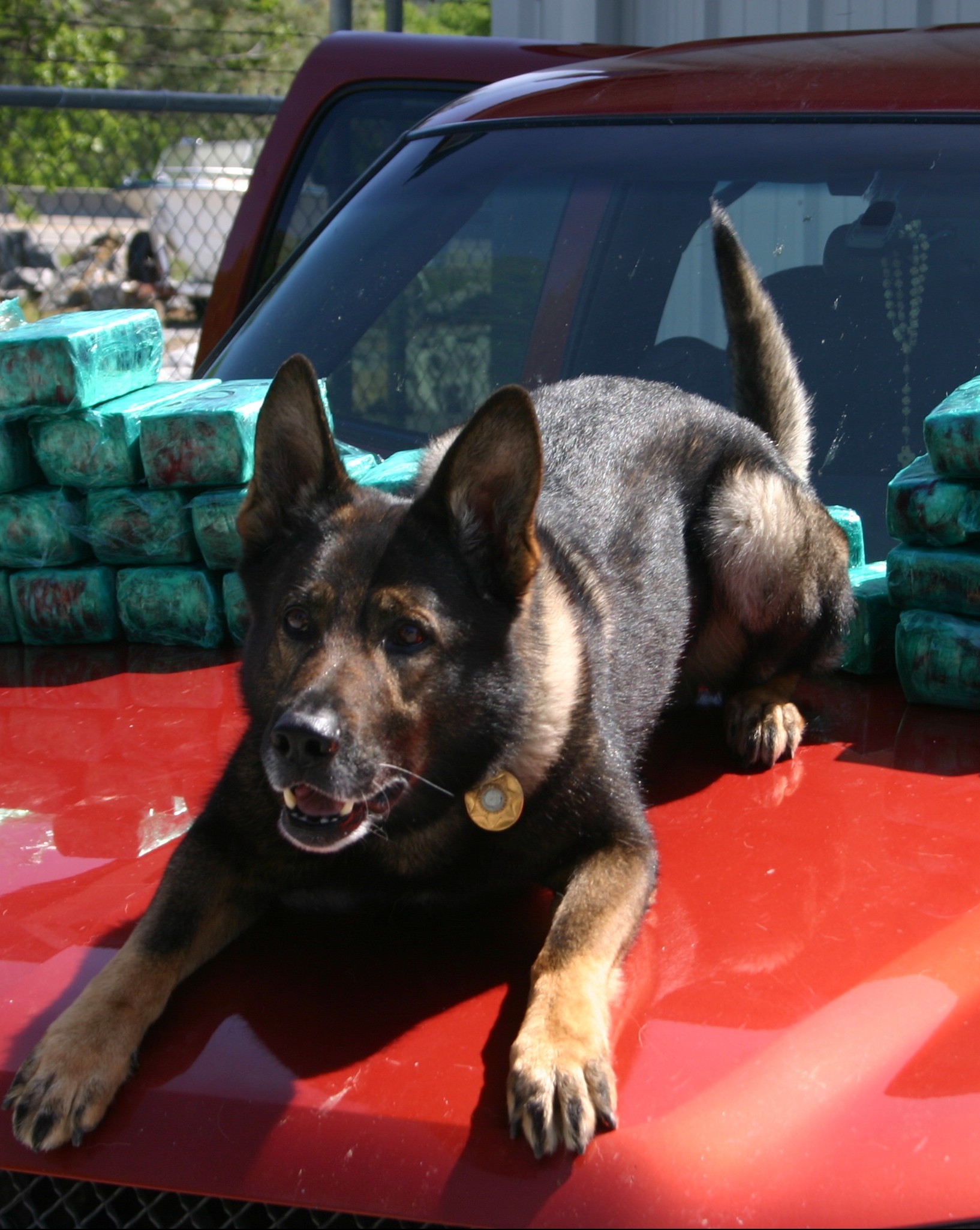
#9 – Veteran Paramedics
Regular paramedical canines get assigned to people who are suicidal, paranoid or manically depressed. These dogs are friendly, well-mannered and trained to get help in case of an emergency. For thousands of Americans, a pooch has replaced therapy, treatment and anti-depressant drugs.

And, war veterans can be even more unstable than people who attempted suicide. The majority of Vietnam vets suffer from acute PTSD. They struggle with night terrors, flashbacks and constant depression. So, recommending ‘cute doggie therapy’ isn’t very prudent.
A retired military canine, on the other hand, makes for a great companion. He can wake his owner up in case of night terrors and distract him from thoughts that manifest into flashbacks.

#8 Water Rescue
Water rescue canines guide drowning civilians and carry unconscious ones to safety. This job requires strength and above-average intelligence. That’s why Newfoundlands – powerful, smart dogs who love water – are perfect for the job.

On March 22, a Marine dog named Whizz was awarded the PDSA Order of Merit. During his eight years of service, Whizz rescued 9 people and one civilian pooch.

#7 – Fire K9’s
For obvious reasons, dogs don’t take part in active fire rescues. But, most major-city fire departments regularly use AD (Accelerant Detection) canines. These highly specialized service animals can detect and distinguish among dozens of different accelerants.
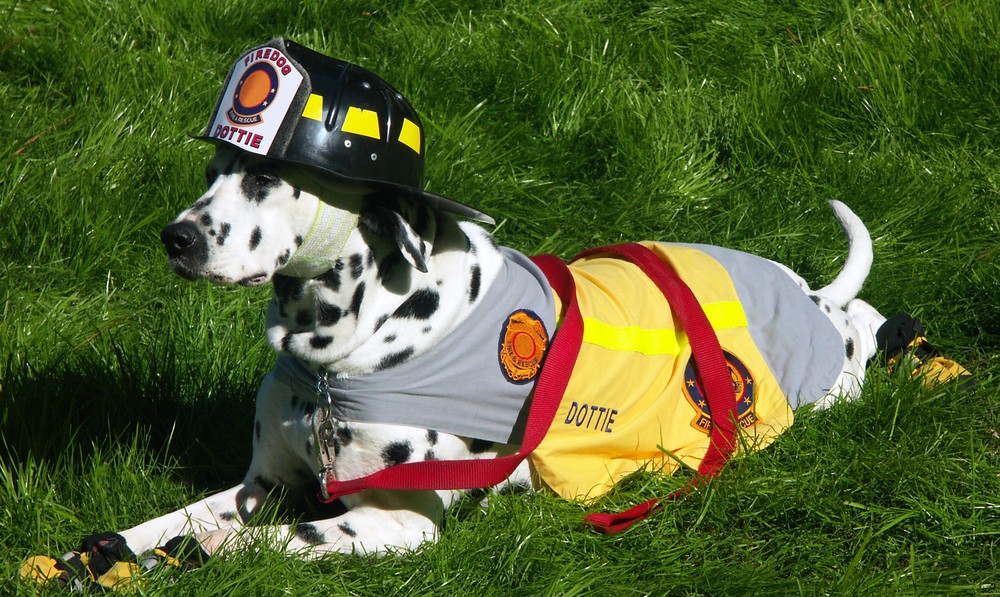
If a chemical commonly used for arson is within a 200 feet radius, an AD canine will find it. Moreover, these dogs work alongside detectives to determine the cause of a fire, after it has been put out.

#6 – Autism Service Dogs
Autism encompasses a wide range of psychological and physical disorders. People affected by severe physical disability have trouble with everyday tasks. A well-trained dog makes life simpler and much more enjoyable for autistic kids and adults.
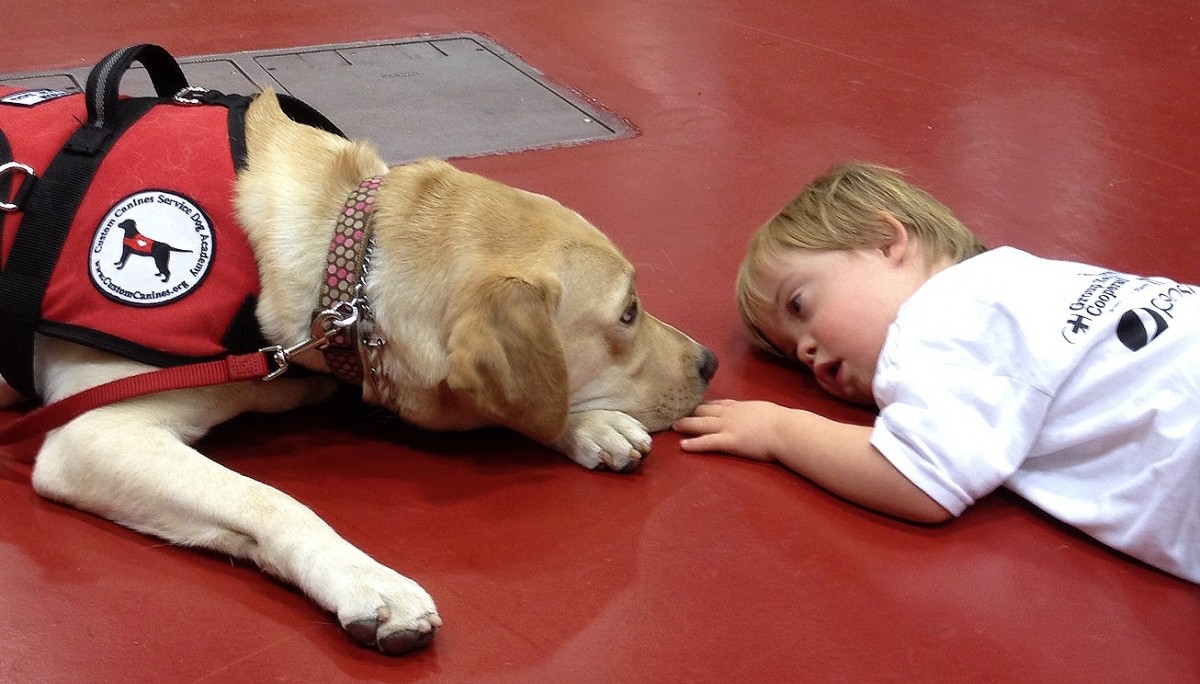
Since every case is different, each dog learns the details of his/her job as they go along. Of course, each of these canines is has been trained how to open doors, fetch items, get assistance, etc., before starting their service.

#5 – Army Sentry Dogs
Sentry dogs have two main functions – warn about suspicious noise/smell and attack the enemy. The U.S. military prefers to train German Shepherds and Bloodhounds as Sentries.

At night, these canines were more effective then soldiers. They’re fast, silent and trained to target the windpipe. Over 9,300 American Sentry dogs were deployed during WWII. Only 3,200 survived the fighting.

#4 – Navy Scout K9’s
Initially, the U.S. Navy planned to use canine scout units to gain intel. It’s what they were trained to do. (Well, that and killing.) But, at the height of the Vietnam War, scouts became the perfect weapon.

Viet troops dug into tunnels, creating a perfect defensive position. U.S. soldiers are slow and ineffective in tight spaces, but the Navy Scout dogs felt right at home. The Viet were so devastated they started washing everything with G.I. soap.

#3 – Police K9’s
Most police dogs are German Shepherds. Their training is a comprehensive combination of aggressive pursue tactics and substance detection. If he/she smells weapons or explosives nearby, the handler receives a subtle signal. Then, the police dog slowly leads the officer closer to his target, maintaining the element of surprise.

They may seem friendly but a police canine is nothing short of a lethal weapon. And, once an attack command was given, nothing can stop it. Even if the suspects lay face down and cuff themselves, they’re bound to need a doctor before they need a lawyer. So, if you’re being chased by a police dog, call 911.

#2 – Mine Dodgers
Nowadays, warfare seems to be tech, such as drones, stealth planes, guided missiles and live satellite images. But specialized military service canines, known as M-Dogs, are still the best way to sweep for mines.

M-Dogs look for all kinds of trip wires, booby traps, tank mines, etc. And, unlike modern military tech, M-Dogs detect non-metallic traps/mines every time. They can smell the explosives before they even get in range of seeing them.

#1 – Military ‘Radar’ Dogs
During WWII, the nose of a well-trained Quartermaster was almost five times more effective then German reconnaissance tech. These dogs could sense enemy troops from a whooping 1,100 yards away.

Handlers strolled through a battlefield, far ahead of the front lines, until their recon-dogs started growling. This provided an unprecedented advantage. American troops were able to fire their artillery before the Nazis detected enemy troops.

